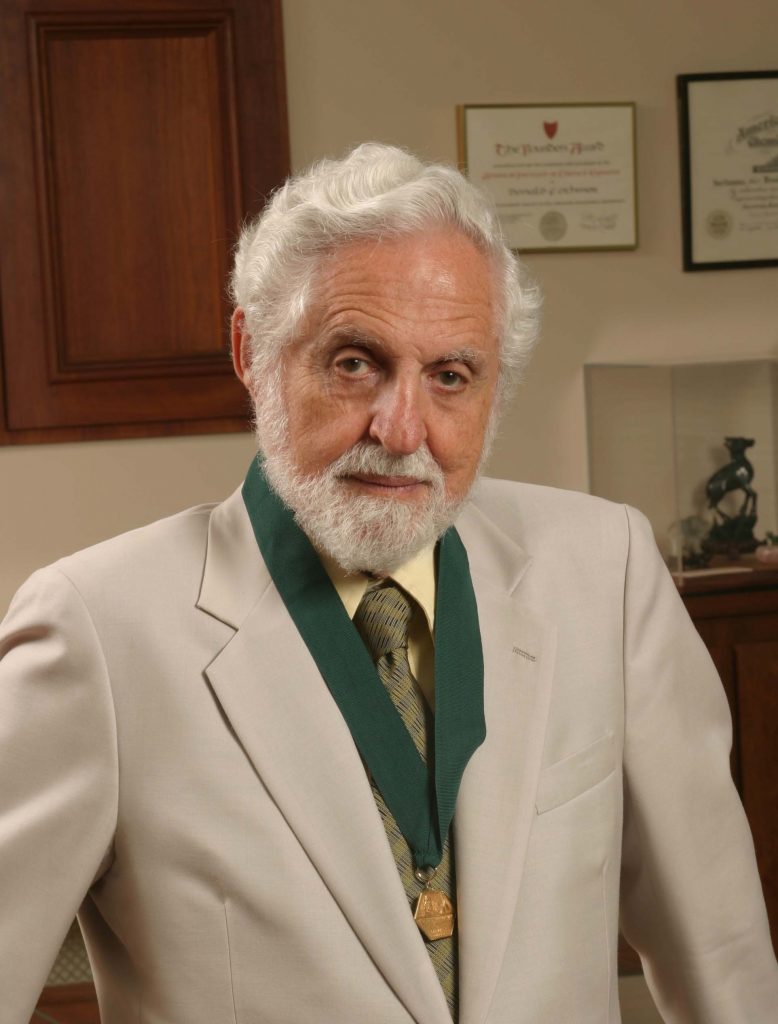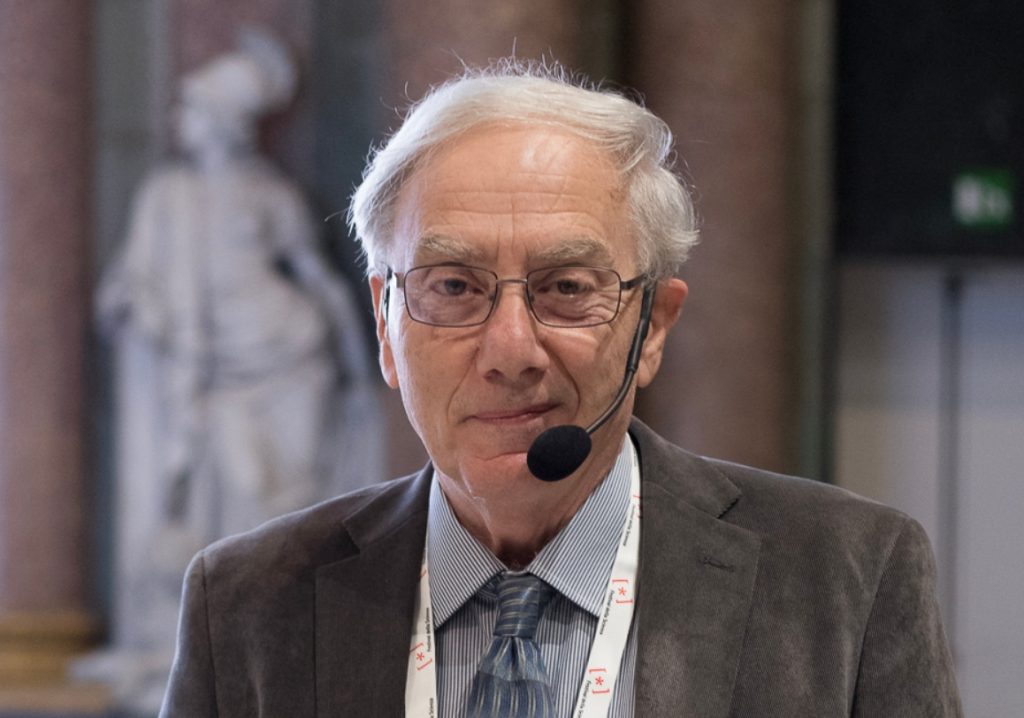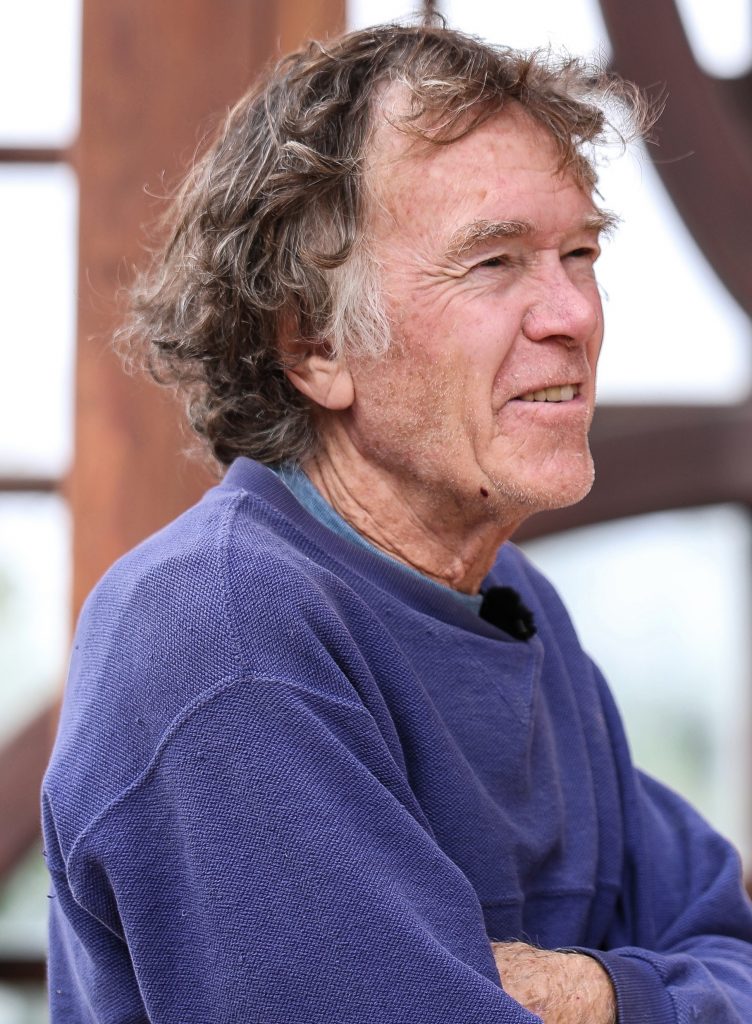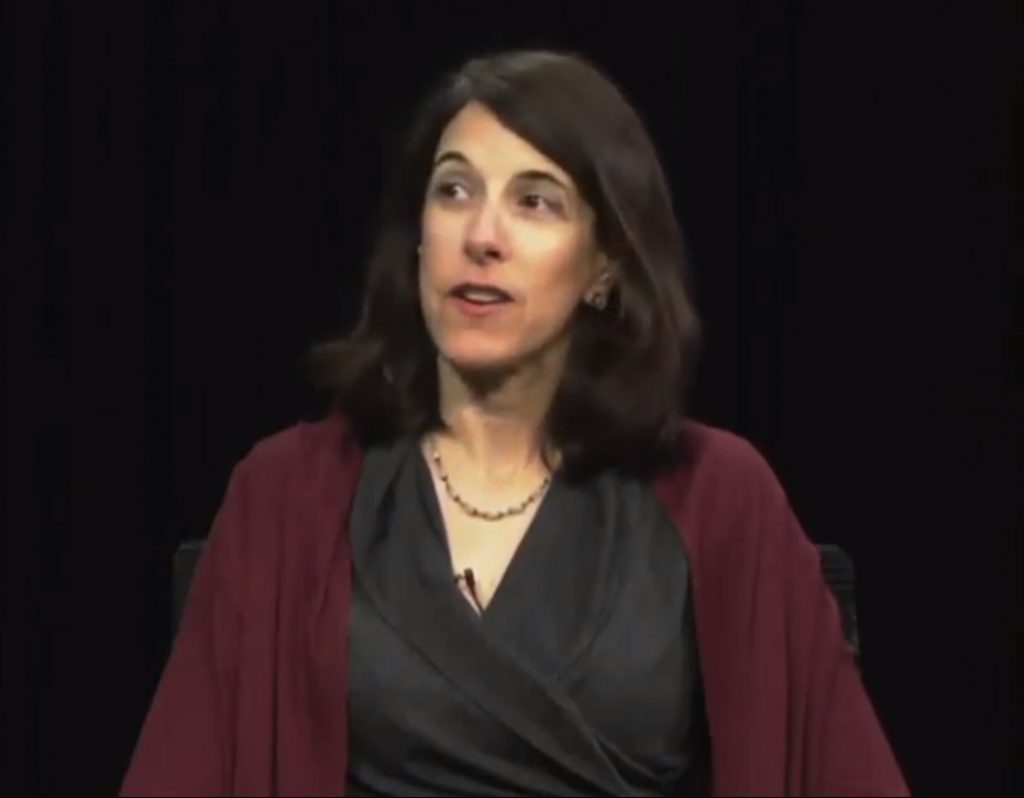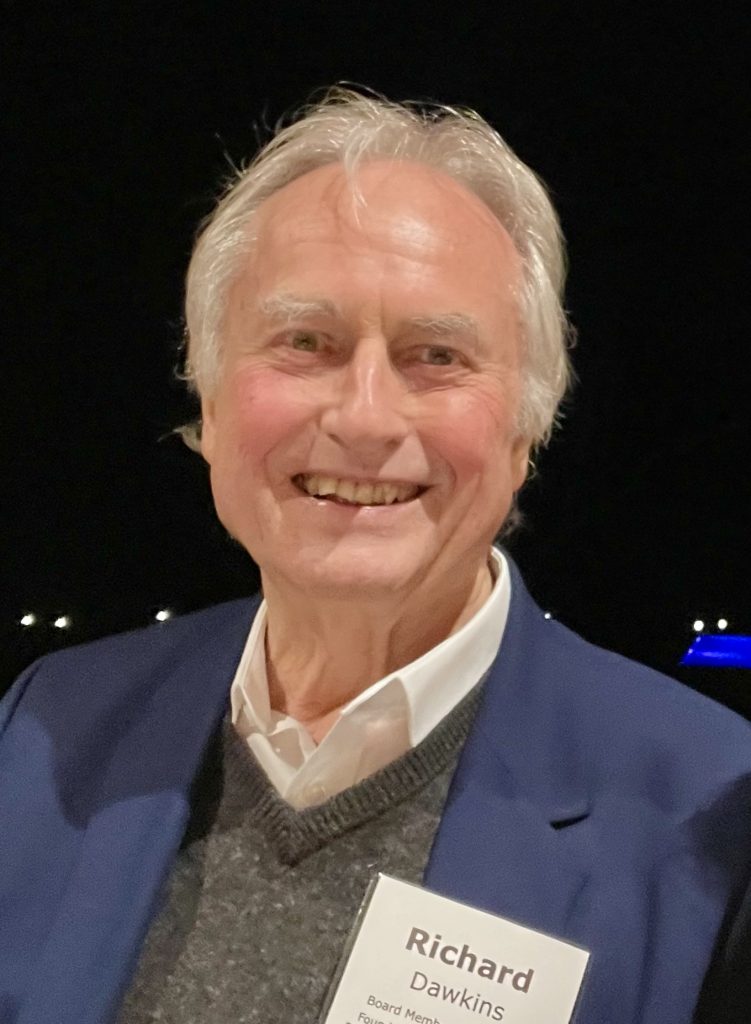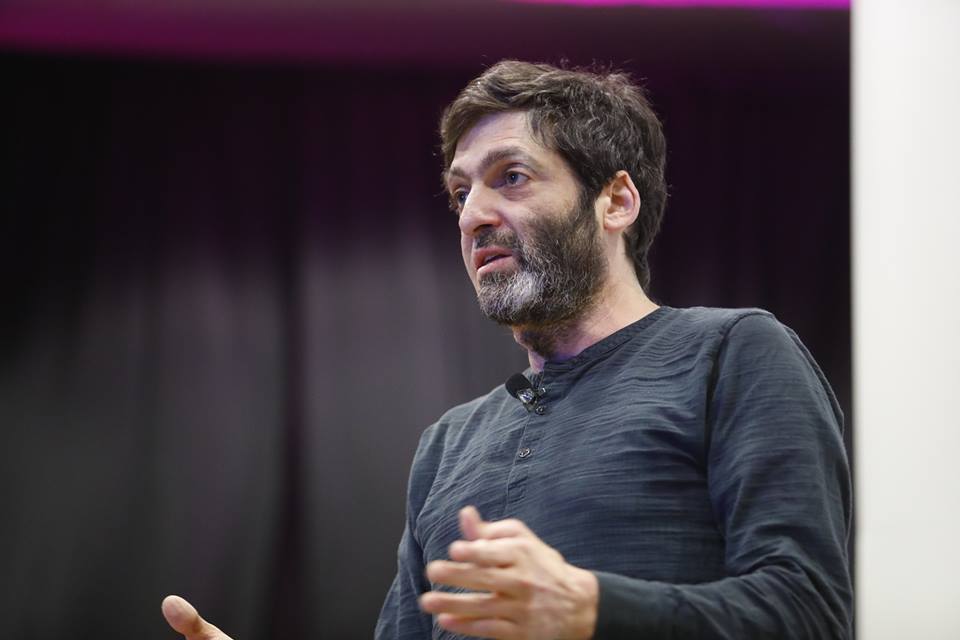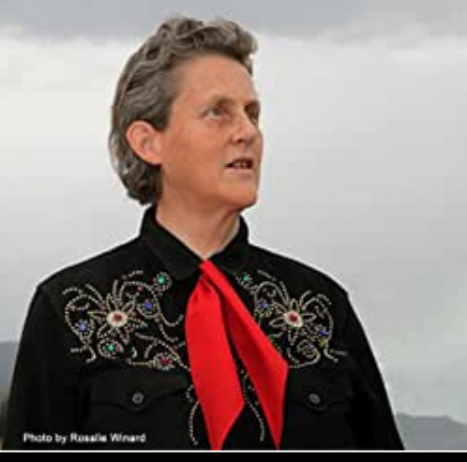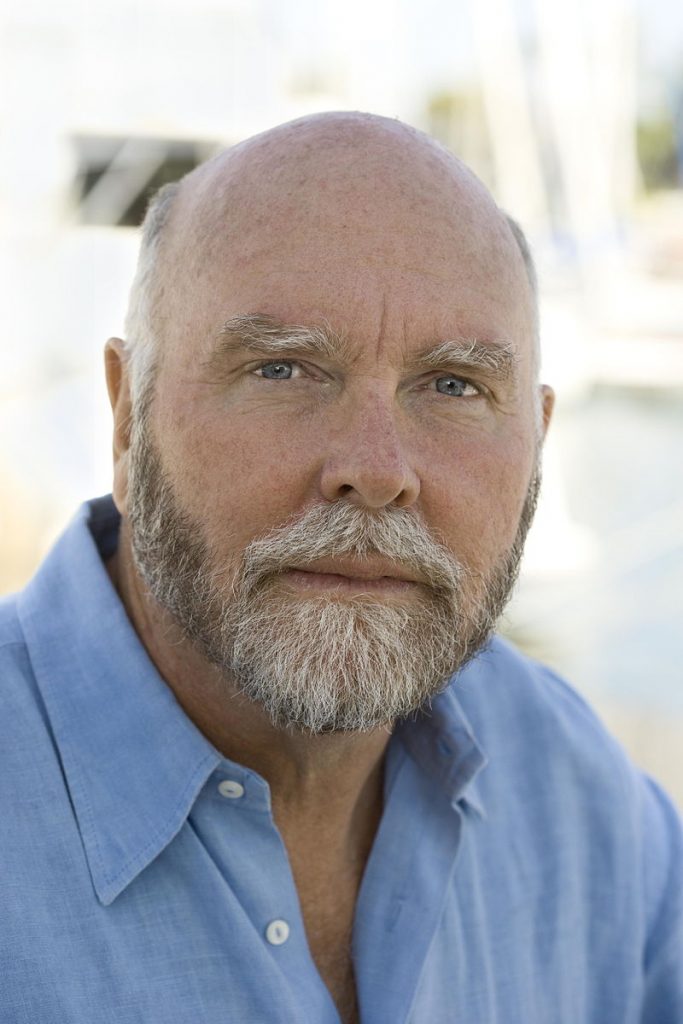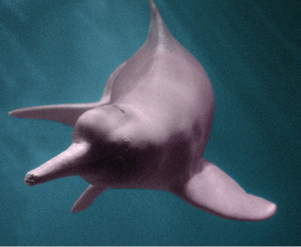
This weekend marks 55 years since human beings first set foot on the surface of the moon
The Apollo 11 mission put astronauts Neil Armstrong and Buzz Aldrin on the moon Good 3rd crew member, Michael Collins, remained in the orbiting And module .
It was the fulfillment of an ambitious goal set at the beginning of the 1960s by President John F Kennedy .
During the 1960s tens of thousands of talented engineers and experts working at warp speed, if you will, help the U.S. reach that goal
At the heart of it all was a brilliant aerospace engineer named Christopher Columbus Kraft Jr. It was largely Chris Kraft created, pioneered, or invented many of the things that we now regard as standard elements of the NASA space program
From Mercury to Gemini to Apollo, Kraft was there, helping shape what the space program became .
In 2001 Chris Kraft wrote a memoir of his life and career, mirroring that of NASA.it was called flight comma and that’s….few minutes with this iconic figure.
So here now, from 2001 Chris Kraft.
Chris Kraft died in 2019, just days after the 50th anniversary of the Apollo 11 moon landing he had helped make possible.

